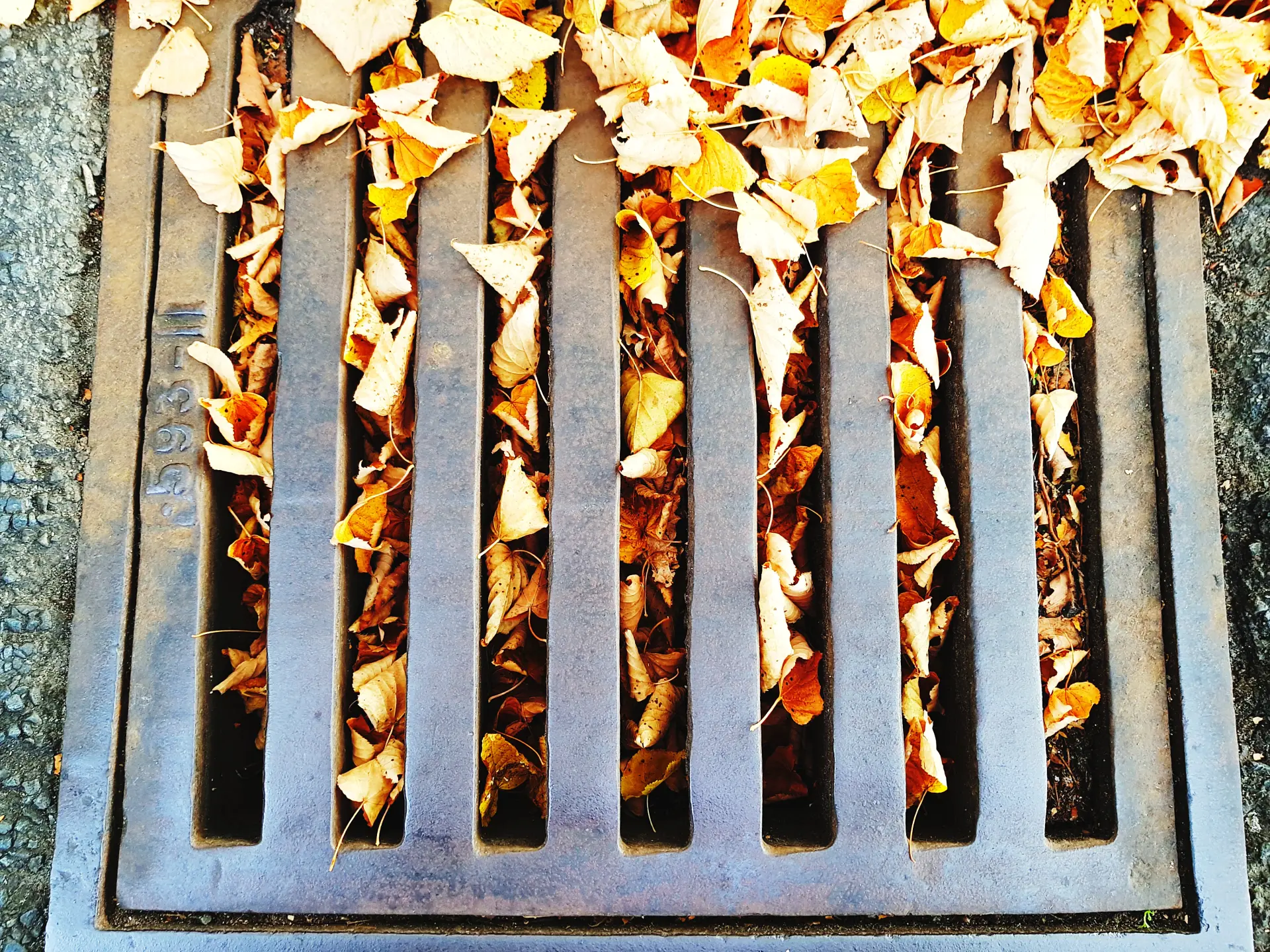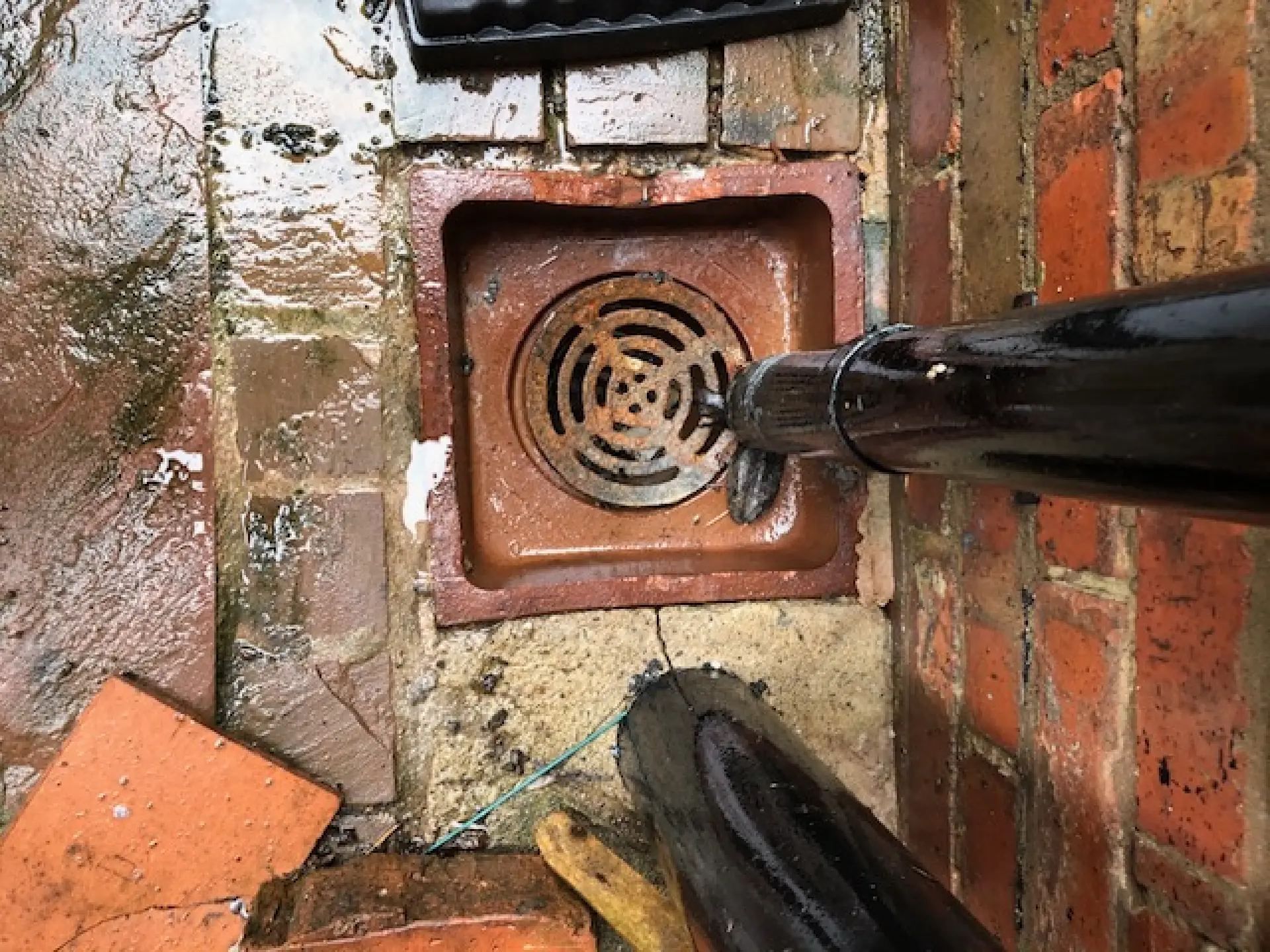Discover the impact of seasonal changes on drainage systems. Understand how weather, from heavy rain to dry heat, affects drains and learn maintenance tips.
How Weather Affects Drainage Systems
Drainage systems help carry water away from roads, homes, and gardens. When weather changes, these systems can face many different challenges. Heavy rain can make drains fill up quickly, while strong winds can blow leaves and debris into gutters and pipes.
Hot temperatures can cause the ground to dry and crack, allowing tree roots to grow into drainpipes. Very cold weather can freeze water, which may lead to pipes bursting. All these factors affect how well water flows through drains.
Understanding the impact of weather helps people take better care of their drainage systems. By checking for blockages or damage before each season, homeowners can reduce the risk of flooding or leaks. For example, clearing away leaves and twigs from gutters after autumn storms can stop water from backing up. In the winter, insulating pipes protect them from freezing.
Builders and engineers also consider the weather when planning roads and houses. They design drains to cope with heavy rainfall and try to use materials that stand up well in both heat and cold.
Although weather changes can be hard to predict, regular maintenance helps make sure drainage systems work properly all year round. By paying attention to the weather, people can spot problems early and keep water flowing smoothly and safely.

Spring: Preparing for Increased Rainfall
Early Spring Checks
As soon as winter ends, it is wise to check for any damage caused by cold weather. Pipes might have cracked if water inside them froze, and small leaks could have gone unnoticed under ice or snow.
Look for dripping water around the home or on paths, which might hint at a hidden break in the drain. Checking your guttering and downpipes for dirt or debris is also important. Small twigs, leaves, and mud can quickly build up, especially after winter winds.
Gutter and Pipe Maintenance
Cleaning gutters and drainpipes in early spring helps them work better when rain comes. A blocked gutter can cause rainwater to spill over the edges, leading to damp walls and mould inside your house.
Removing leaves and other materials is usually simple, with a ladder and some basic tools. If you notice damaged parts, it may be a good idea to replace them before the rainy season begins.
Garden Preparation
Spring is also the time when plants start to grow more quickly. Keep an eye on bushes or trees near your drains. Their roots can move deeper and wider in search of water, sometimes pushing into underground pipes.
By trimming back plants and trees, you can help protect your drainage system. If you spot water draining more slowly than normal, a growing root might be the cause.
Rainfall Readiness
During spring, showers can be frequent and sometimes heavy. To prepare, make sure water can flow freely from your roof into the gutters, then through the pipes and away from your home.
If you have any water storage barrels, keep them clean so they do not become clogged or overflow. Being ready for increased rainfall can help stop damage to your property and keep the drains clear. A little effort in spring can save a lot of trouble in the months ahead.
Summer: Heat and Drought Effects on Drainage
Summer weather often brings long periods of sunshine and sometimes even drought conditions. When the ground becomes very dry, cracks can form in soil and pavements, allowing tree roots to search deeper for water. These roots may enter drainpipes through tiny gaps, causing blockages or even damaging the pipe walls. If drains become blocked, water can pool on the surface, leading to unpleasant smells and potential health risks.
High temperatures can also cause some materials to wear down more quickly. Rubber seals around drain covers might become brittle and break, which could let debris fall into the drains. If there is little rainfall, dirt or waste inside pipes might not be washed away as often, leading to slow drains or clogs. Checking your drains during hot spells can help you spot these problems early.
In busy summer months, people also use more water for cooling off, watering gardens, or filling paddling pools. This extra water flow can add strain to drainage systems, especially if they are already partly blocked. By keeping an eye on water usage and looking out for warning signs—like slow-draining sinks or unusual gurgling noises—you can catch problems before they worsen. A bit of care during the summer months ensures that your drains remain healthy and free-flowing.
Autumn: Leaf Fall and Drain Blockages
During autumn, trees shed their leaves in great numbers. While the colourful leaves look pretty, they can cause big problems for drainage systems.
When wet leaves gather in gutters or on road drains, they often form clumps that block water flow.
These blockages can lead to water backing up and spilling over, sometimes flooding paths or gardens. If the water seeps into walls or basements, it can create damp patches and even mould.
One simple way to prevent autumn drainage trouble is to clear away leaves regularly. Using a rake or a leaf blower in your garden can help keep them from piling up near drains.

Checking gutters for leafy build-up can stop water from overflowing and damaging your home. If you find large piles of leaves on the road, you might also let your local council know so they can clear them before heavy rainfall arrives.
Because of cooler temperatures in autumn, debris takes longer to dry, and any dirt or mud mixed with the leaves can turn into a thick sludge. This sludge may be tricky to remove if it is left for too long. By staying watchful and doing regular clean-ups, you can keep your drainage systems free from blockages and protect your home during autumn’s rainy spells.
Winter: Freezing Temperatures and Drainage Issues
Protecting Pipes from Freezing
In winter, when temperatures drop below freezing, any water left in pipes or gutters can turn to ice. This frozen water expands, sometimes causing pipes to split open. When the ice melts, leaks or bursts can lead to sudden flooding.
To help avoid these problems, people often insulate their pipes or drain outdoor taps before winter sets in. Keeping gutters clear also helps, as trapped water is more likely to freeze and cause damage.
Handling Snow and Ice
Heavy snow can put extra weight on gutters and other parts of your drainage system. As the snow melts, large amounts of water can pour into the gutters at once. If the gutters are blocked by ice or debris, the water may end up spilling over the edges and freezing on the ground, making slippery patches.
Clearing snow from roofs and gutters helps prevent too much build-up. It is also smart to keep an eye on street drains, as snow piles can block the flow of melting water.
Checking for Hidden Damage
During freezing weather, cracks or small openings in pipes might get worse. If you spot unusual puddles in your garden or notice damp spots on walls, there could be a hidden leak.
It is important to act quickly when you see warning signs. Turning off the water supply and calling a professional could stop further harm to your property.
Staying Prepared
Many people only think about their drains when something goes wrong. Yet, winter is the season when drains are most at risk. By checking for blockages, insulating pipes, and clearing away snow, you can help keep your drainage system working. If you spot a problem, do not wait until it becomes a bigger issue.
With a little bit of care and attention, your drains can survive the cold months and be ready for the next change in the weather. Regular upkeep is the best defence against winter drainage troubles.
Struggling with a drain blockage at your property? Let us help. Our drainage contractor in Blackpool and Lytham St Annes, has been resolving drainage issues for local homes, businesses, and property developers for more than 25 years.


